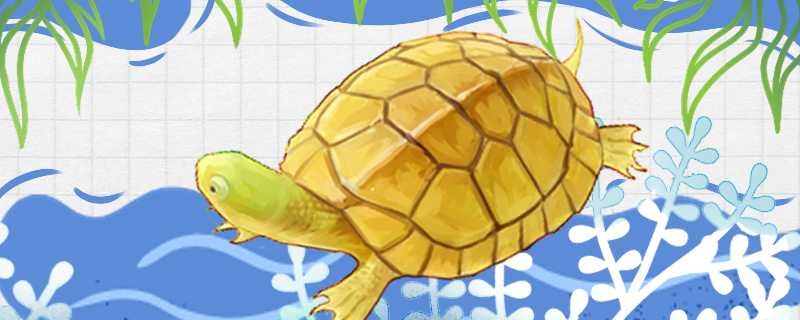
1. Space: To raise the stone money turtle, first of all, the container should be spacious and bright. The container is provided with a basking table which can be used for them to bask in the sun and have a rest, and a plurality of shelters and green plants can be irregularly arranged around the basking table so as to simulate the natural environment of the field and enable the baskers to grow in a quiet and comfortable environment.
2. Feeding: The stone money turtle is an omnivorous animal. They have a wide variety of food. The main feed is divided into animal feed and plant feed. Animal feeds such as fish, shrimp, loach, pork and animal viscera are also popular. There are also many plant feeds, such as aquatic plants, fruits and vegetables. Specific feeding needs a variety of meat and vegetable food with a reasonable mix. The frequency is control to feed once every 1-2 day.
3. Water quality: During the breeding period, suitable water quality is very important to them, and the quality of water quality directly affects the health and growth of the stone money turtle. When changing water, the PH value of tap water should be tested first, and it is better to use water that has been exposed to the sun to remove chlorine. The frequency and quantity of water exchange depend on the quality of water and seasonal changes.
4. Temperature: It is very important for the stone money turtle to adjust the water temperature properly. The temperature of the water directly affects their health and growth, and the optimum temperature for this turtle is 20-30 degrees. If conditions permit, the water temperature should be higher, because their desire to feed is the strongest at this time.
Although the stone money turtle belongs to the terrapin, but they can not carry out some activities in the water. For example, when they need to bask in the sun during their growth, they need to come to shore or land. Except for the period of hibernation, we need to bask in the sun in other seasons. If they are raised in captivity, they can be exposed to the sun once every 1-2 days. The time of basking in the sun each time need not be too long, about half an hour. When basking in the sun, they should not be exposed to too strong light. To make it easier for them to bask in the sun, a drying table can be placed in the container.